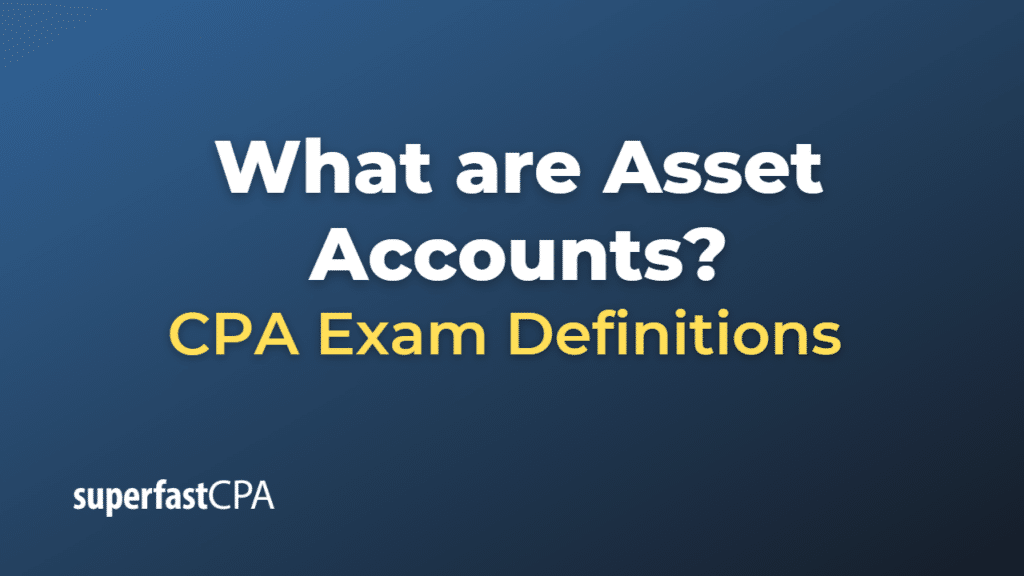Asset Accounts
Asset accounts are accounts in a company’s general ledger that represent the economic resources owned or controlled by the business. They are used to record and track the value of the assets owned by the company over time. Assets can be classified into two main categories: current assets and non-current assets.
- Current assets: These are short-term assets that can be converted into cash or used up within one year or the company’s operating cycle (whichever is longer). Examples of current assets include:
- Cash and cash equivalents
- Accounts receivable
- Inventory
- Marketable securities
- Prepaid expenses
- Non-current assets: These are long-term assets that have a useful life of more than one year and are not expected to be converted into cash or used up within a year or the company’s operating cycle. Non-current assets are further divided into tangible and intangible assets. Examples include:
- Tangible assets:
- Property, plant, and equipment (PP&E)
- Land and buildings
- Vehicles, machinery, and equipment
- Leasehold improvements
- Furniture and fixtures
- Intangible assets:
- Patents, trademarks, and copyrights
- Goodwill
- Licenses and franchises
- Software and other technology assets
In the company’s financial statements, these asset accounts are typically listed on the balance sheet and are organized based on their liquidity (how easily they can be converted into cash). The information from the asset accounts is used to calculate financial ratios, evaluate the company’s financial position, and make informed business decisions.
Example of Asset Accounts
Let’s consider an example of a small manufacturing company and its asset accounts:
- Current assets:
- Cash and cash equivalents: $20,000
- Accounts receivable: $15,000
- Inventory: $25,000
- Marketable securities: $10,000
- Prepaid expenses: $5,000
- Non-current assets:
- Tangible assets:
- Land and buildings: $200,000
- Vehicles, machinery, and equipment: $150,000
- Furniture and fixtures: $20,000
- Intangible assets:
- Patents and trademarks: $50,000
- Goodwill: $30,000
- Tangible assets:
In this example, the company has $75,000 in current assets and $450,000 in non-current assets. The total assets for the company would be $525,000. This information would be presented on the company’s balance sheet, which is a snapshot of the company’s financial position at a specific point in time.
The asset accounts provide valuable information for the company’s management, investors, and creditors. For instance, management can use the current assets to calculate the current ratio (current assets divided by current liabilities), which indicates the company’s short-term liquidity and ability to pay its obligations. Investors and creditors can assess the company’s long-term financial stability by examining the proportion of tangible and intangible assets and evaluating the company’s investment in property, plant, and equipment.













